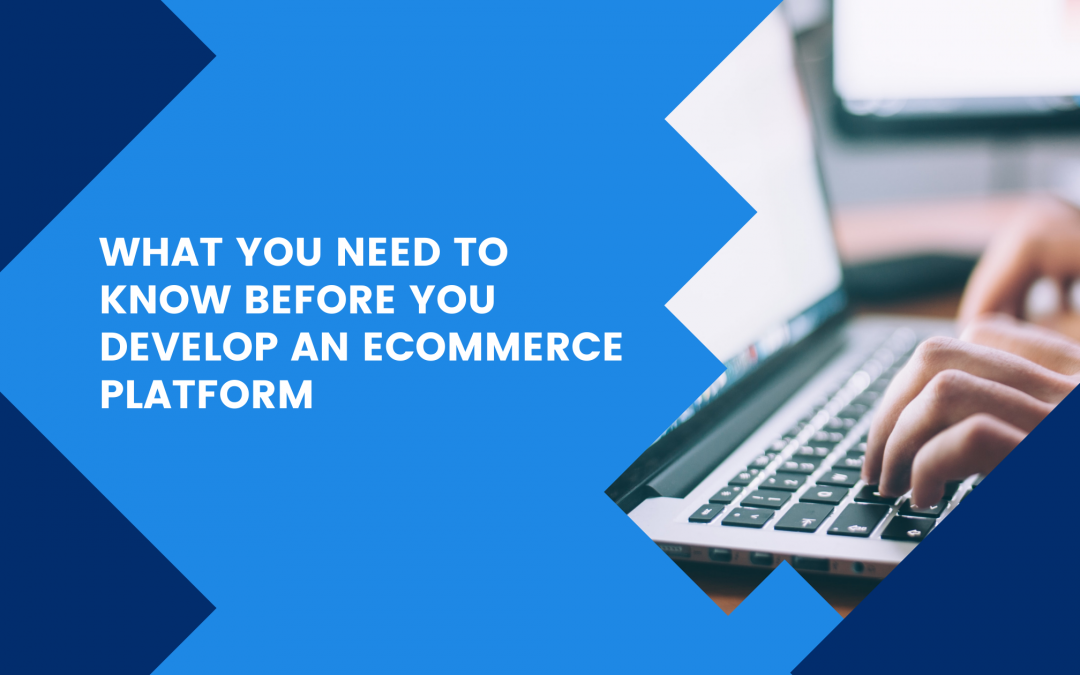eCommerce or online shopping as it is known for doing business online, it simply means buying and selling goods, products, or services over the internet.
Obviously, probably the biggest impact on eCommerce trends in 2020 will be COVID- 19. With governments worldwide shutting stores and actualizing lockdown to practice social distancing for quite a long time in order to battle Covid, more and more people are turning into online shopping to purchase items.
In fact, Covid- 19 outbreak excelled to raise eCommerce sales and is expected to hit $6.54 trillion by 2022.
Did it come to your attention to upgrade your business to an online shopping platform in favor of your distance forces measure? This article is pretty much all the basics you need to know before launching your eCommerce platform.
Let’s learn the benefits of investing in eCommerce development for your business
- A satisfying response to the customer’s needs and wants faster and smarter at their doorstep
- Adoption to the digital era: the best way to challenge the competitors
- Enhance your business branding and make it fly to success!
- Effortless marketing with online advertising
- Cost-effective and worth in investing
- No rental costs
- Best way to communicate with customers through chatbots in lockdown
- Best way to face the challenges of uncertainties
Read Championing your eCommerce business during this Pandemic to get an understanding of how to be one step ahead of the eCommerce game.
Before developing an eCommerce platform you ought to know that there are three significant fulfillment models in eCommerce determining the fundamental elements from retailer role, distribution channels to storage policies.
eCommerce models and typologies
Traditional office retail model:
The traditional offline retail model depends on a stock acquired by the entrepreneur legitimately from a distributor at a discounted rate, applies a profit margin on every item, and chooses to convey to customers straightforwardly.
Dropshipping model:
Dropshipping is like outsourcing, aside from there’s no stock to oversee. The retailer doesn’t keep the things it sells in stock. All things considered, when a thing is sold, the retailer buys it from a third party supplier. the supplier might be a manufacturer or an organization that secures items from makers to offer to drop shippers. The supplier handles all requests and ships them to your clients. You’re just charged for the items you sell. It’s normal for online business and startup retailers to utilize this alternative.
Outsourced fulfillment model:
It’s a hybrid approach utilizing a ‘fulfillment house’. organizations get commissioned to handle the item products of the business, on behalf of the retailer. Generally, they are responsible for collecting products from suppliers and distributing them to customers.
Moreover, it’s important to stay ahead of the latest trends of eCommerce, and here are the must-follow trends for eCommerce development.
- If you have to choose between Web and If mobile chose mobile:
Developing both apps and web commerce platforms can be pretty expensive so on the off chance that you need to pick one choice to choose online shopping application development. As indicated by users, they depend on the most on Mobile. Mobile payment facilities, for example, (Apple Pay, Google Wallet, Amazon Pay, Samsung Pay, Paypal, and so on) make it simpler without using personal computers.
- Raise of voice commerce:
Voice shopping is a non-visual encounter, which implies that customers need to choose their items by giving a verbal depiction of what they are searching for. Google assistants like Alexa are popularized in voice search on mobile devices. Adopting a voice search in your online business platform is 100% justified, as it drags more traffic into your business.
- Evolving social media in eCommerce
Social media has changed the way in which we carry on with our day by day lives, including the manner in which we purchase things. Famous social media platforms like Facebook, Instagram, LinkedIn are ceaselessly improving manners by which online business brands can be marketed to customers in an organic way.
- Role of artificial intelligence
Artificial intelligence applications went to the best pattern helping brands collaborate with customers: chatbots that are able to answer questions and facilitate buying and return processes. This trend provides huge benefits to busy customers who demand an immediate response, regardless of the time of the day or the platform they choose to contact you. AI allows eCommerce businesses to manage customers on all platforms at the same time.
- AR/ VR Trends
AR/VR experiences can change the way that online customers perceive that the product they intend to purchase. Conveying a more personalized experience to customers will allow a better online shopping experience. businesses using AR/ VR enhance customer experience and allow shoppers the ability to test and explore products in a way that they would do during an in-person shopping experience.
At last, the eCommerce space depends a lot on appearance. Without an extraordinary design, no one will consider purchasing from you as is psychologically, customers judge by the first impression and it is a proof of poor quality and taste that leads to lower sales. That’s why lots of online stores put a lot of effort into their appearance. For more details read Why do you need to excel in your UI/UX designs?
After learning all these details regarding eCommerce trends what are you waiting for to develop your own eCommerce platform? Contact the right digital partner and enjoy being an important part of the fast-growing industry during this Pandemic. Kart is a leading eCommerce platform development company developing customized eCommerce solutions for the ultimate online shopping experience for your customers. Keep in touch with us for more details.

